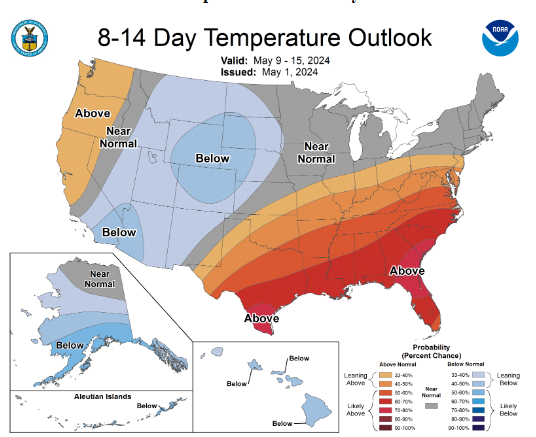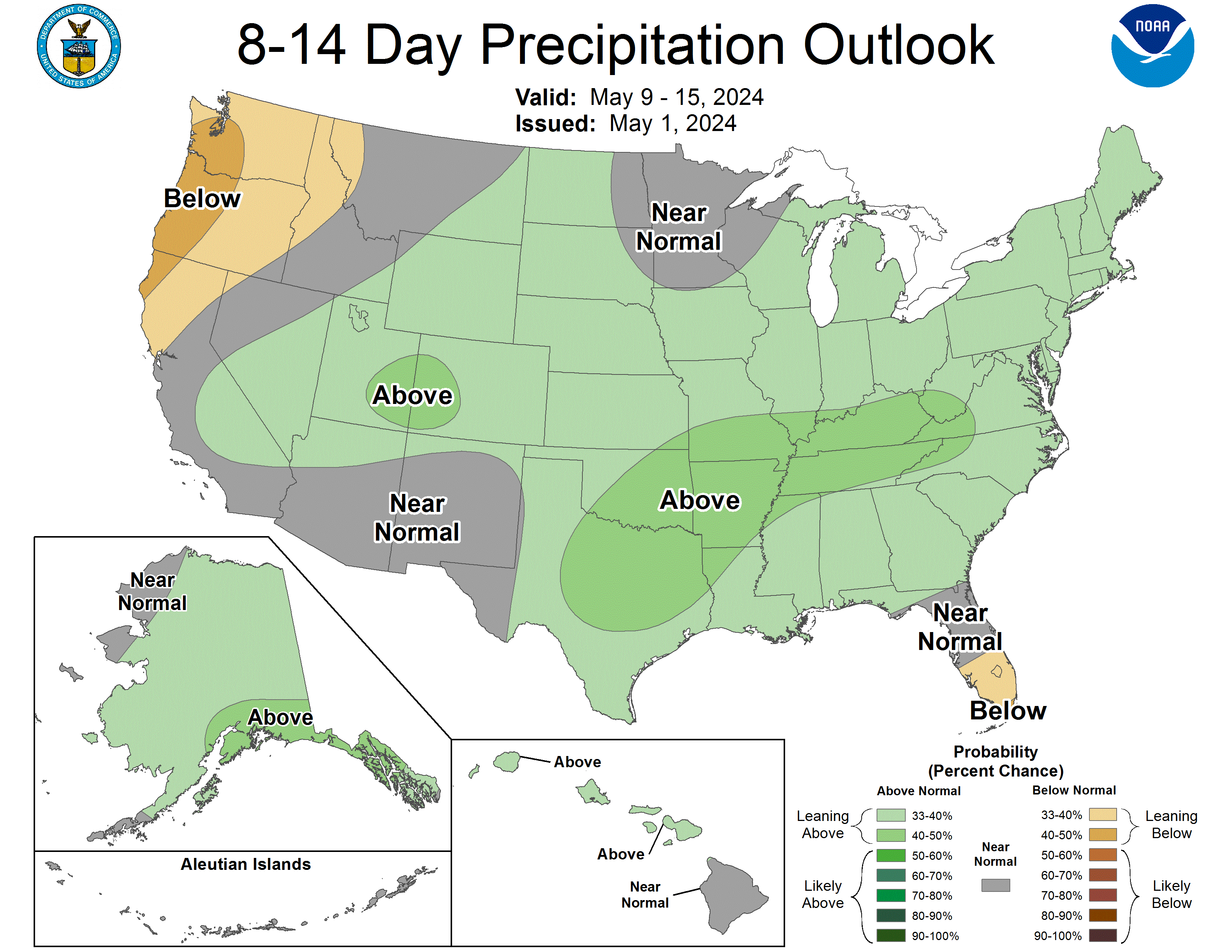Cotton Planting Conditions May 2, 2024
go.ncsu.edu/readext?1001680
en Español / em Português
El inglés es el idioma de control de esta página. En la medida en que haya algún conflicto entre la traducción al inglés y la traducción, el inglés prevalece.
Al hacer clic en el enlace de traducción se activa un servicio de traducción gratuito para convertir la página al español. Al igual que con cualquier traducción por Internet, la conversión no es sensible al contexto y puede que no traduzca el texto en su significado original. NC State Extension no garantiza la exactitud del texto traducido. Por favor, tenga en cuenta que algunas aplicaciones y/o servicios pueden no funcionar como se espera cuando se traducen.
Português
Inglês é o idioma de controle desta página. Na medida que haja algum conflito entre o texto original em Inglês e a tradução, o Inglês prevalece.
Ao clicar no link de tradução, um serviço gratuito de tradução será ativado para converter a página para o Português. Como em qualquer tradução pela internet, a conversão não é sensivel ao contexto e pode não ocorrer a tradução para o significado orginal. O serviço de Extensão da Carolina do Norte (NC State Extension) não garante a exatidão do texto traduzido. Por favor, observe que algumas funções ou serviços podem não funcionar como esperado após a tradução.
English
English is the controlling language of this page. To the extent there is any conflict between the English text and the translation, English controls.
Clicking on the translation link activates a free translation service to convert the page to Spanish. As with any Internet translation, the conversion is not context-sensitive and may not translate the text to its original meaning. NC State Extension does not guarantee the accuracy of the translated text. Please note that some applications and/or services may not function as expected when translated.
Collapse ▲Keith Edmisten and Guy Collins
Extension Cotton Specialists, NC State University
A small percentage of our crop has been planted at this point as many growers have been concentrating on getting peanuts planted. As peanut planting concludes in the next few days we should see a rapid increase in cotton planting.
Temperatures for the 10 day forecast look good, so we are not worried about temperatures at this point. If that changes we will send out an update but NOAH is predicting that warm weather will continue in the 8-14 day forecast.
What is concerning is the lack of moisture which NOAH had predicted. We have some fairly good predictions for rain in the next few days. Additionally, the new 8-14 day precipitation forecast has us at a little above average. We advise that if you are planting in dry soils that you do not plant too deep. It is usually better to plant shallow and let a rain bring the crop up.




